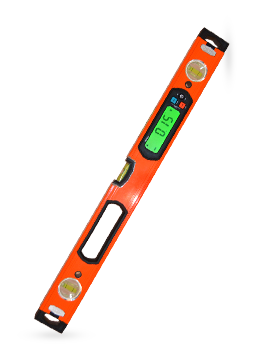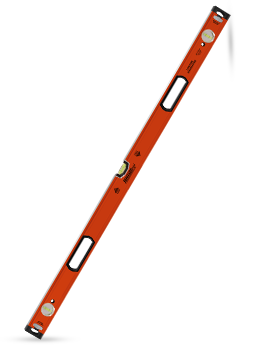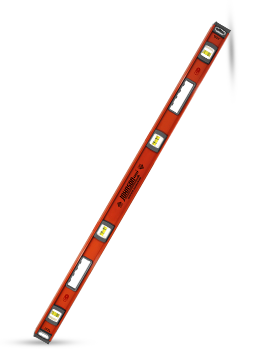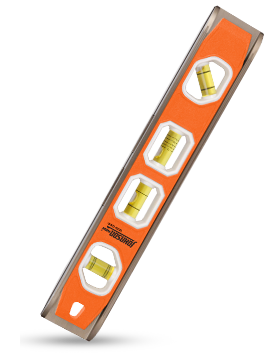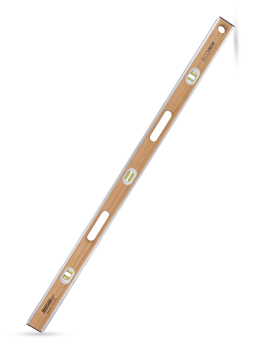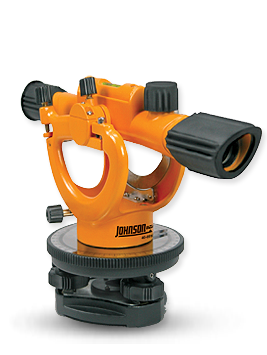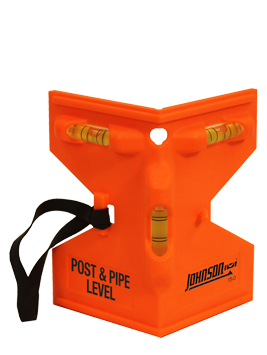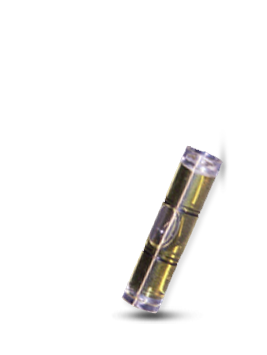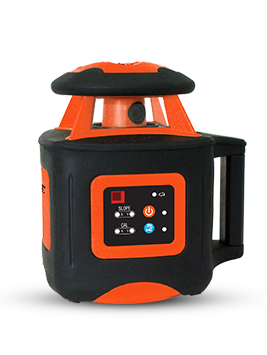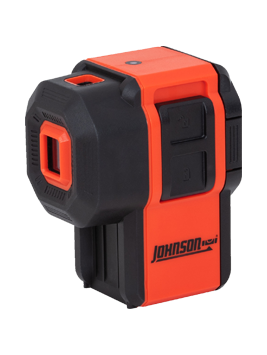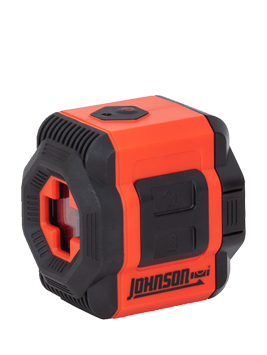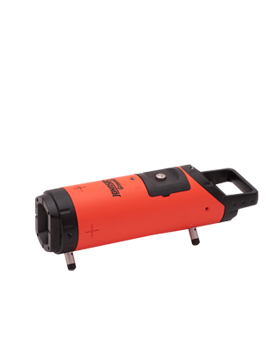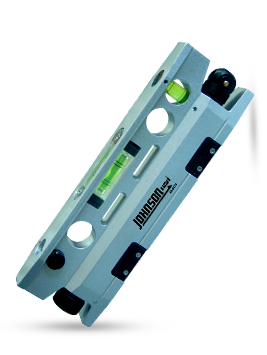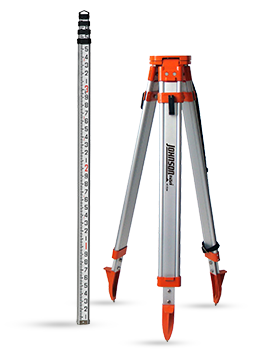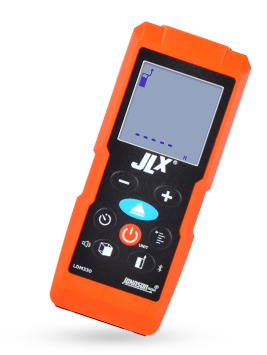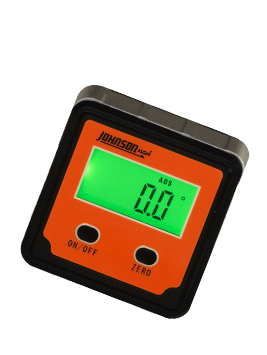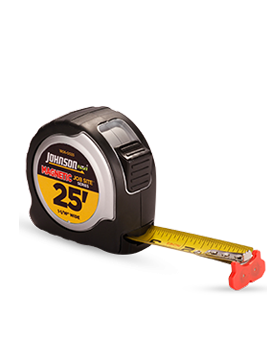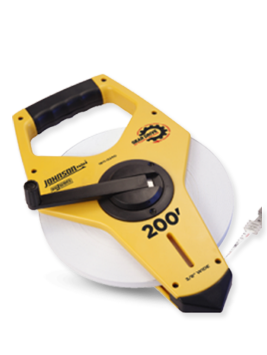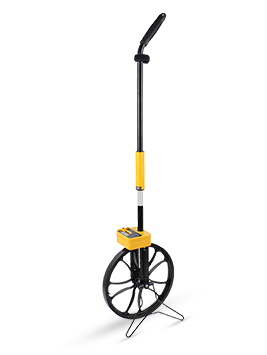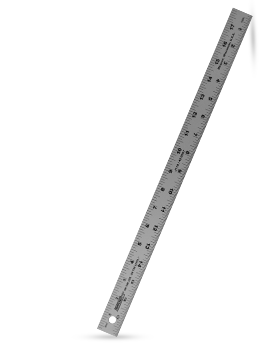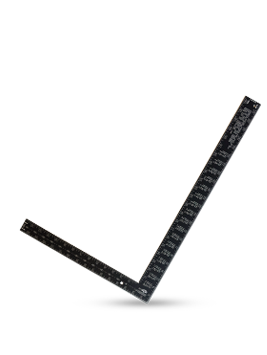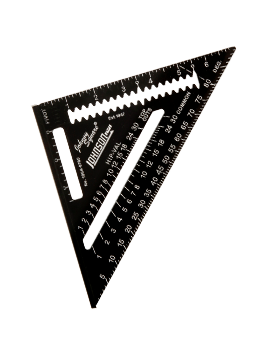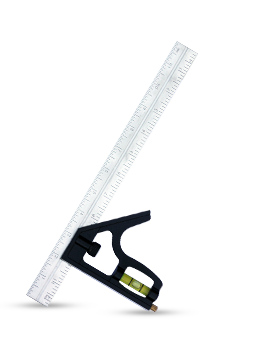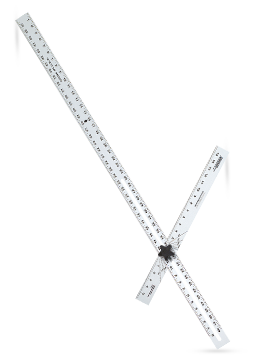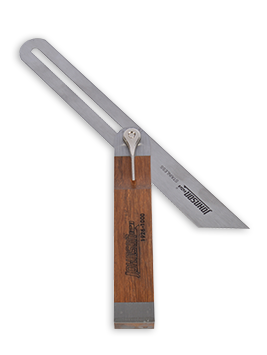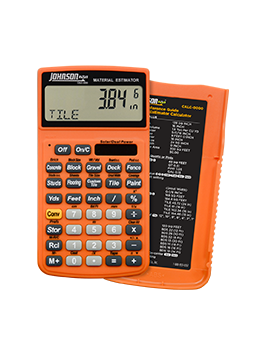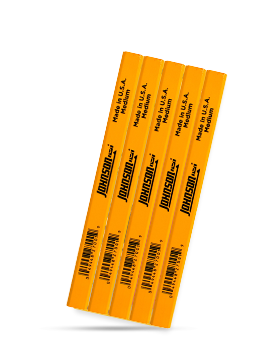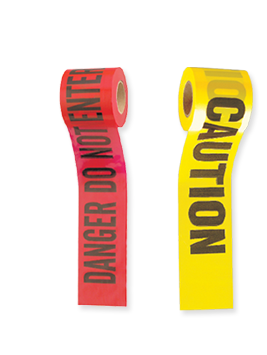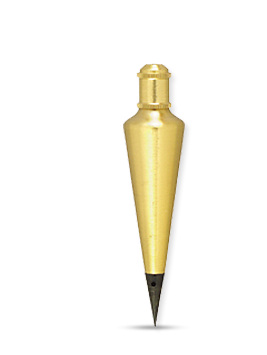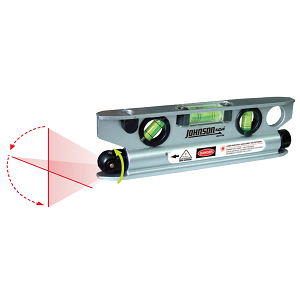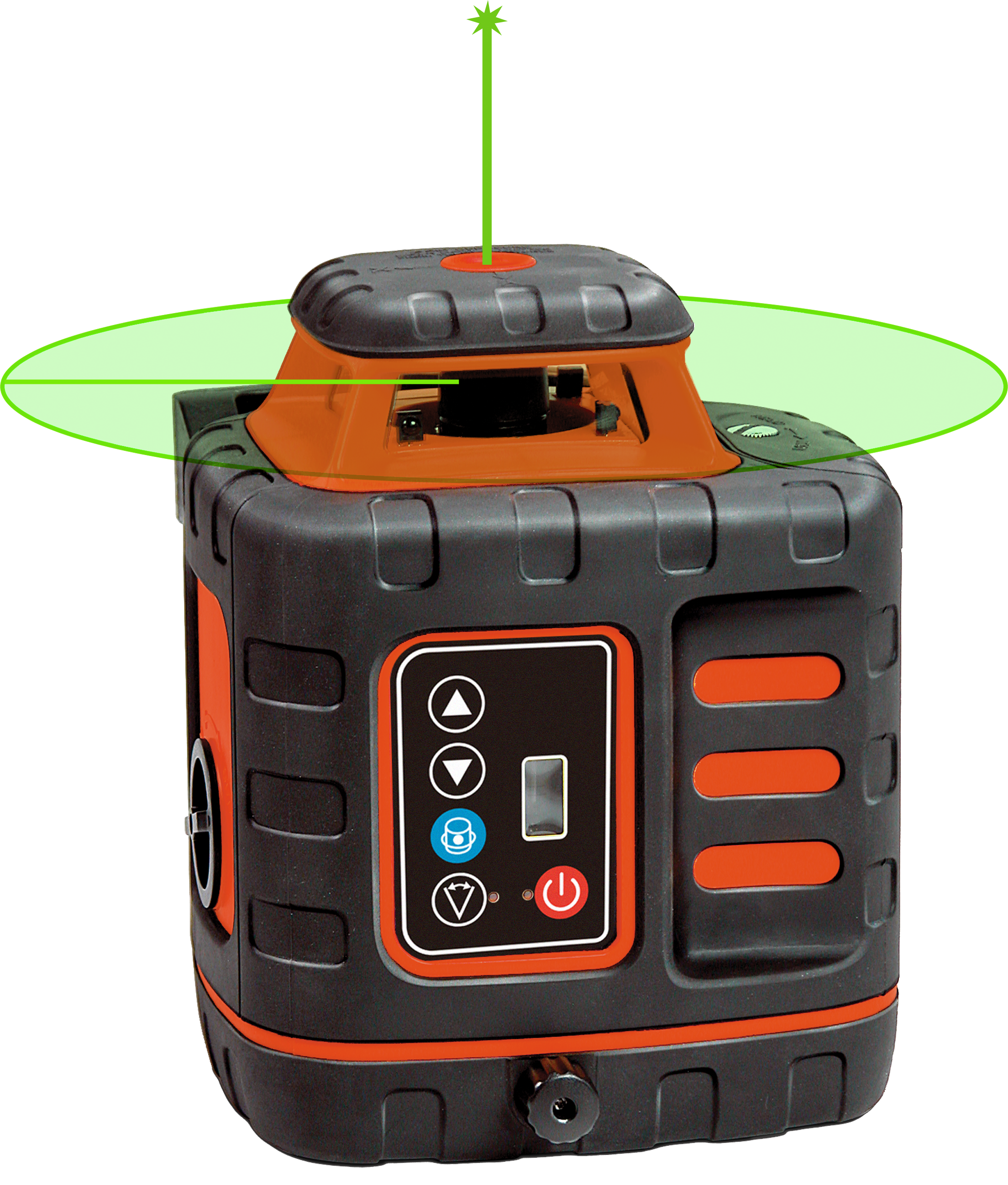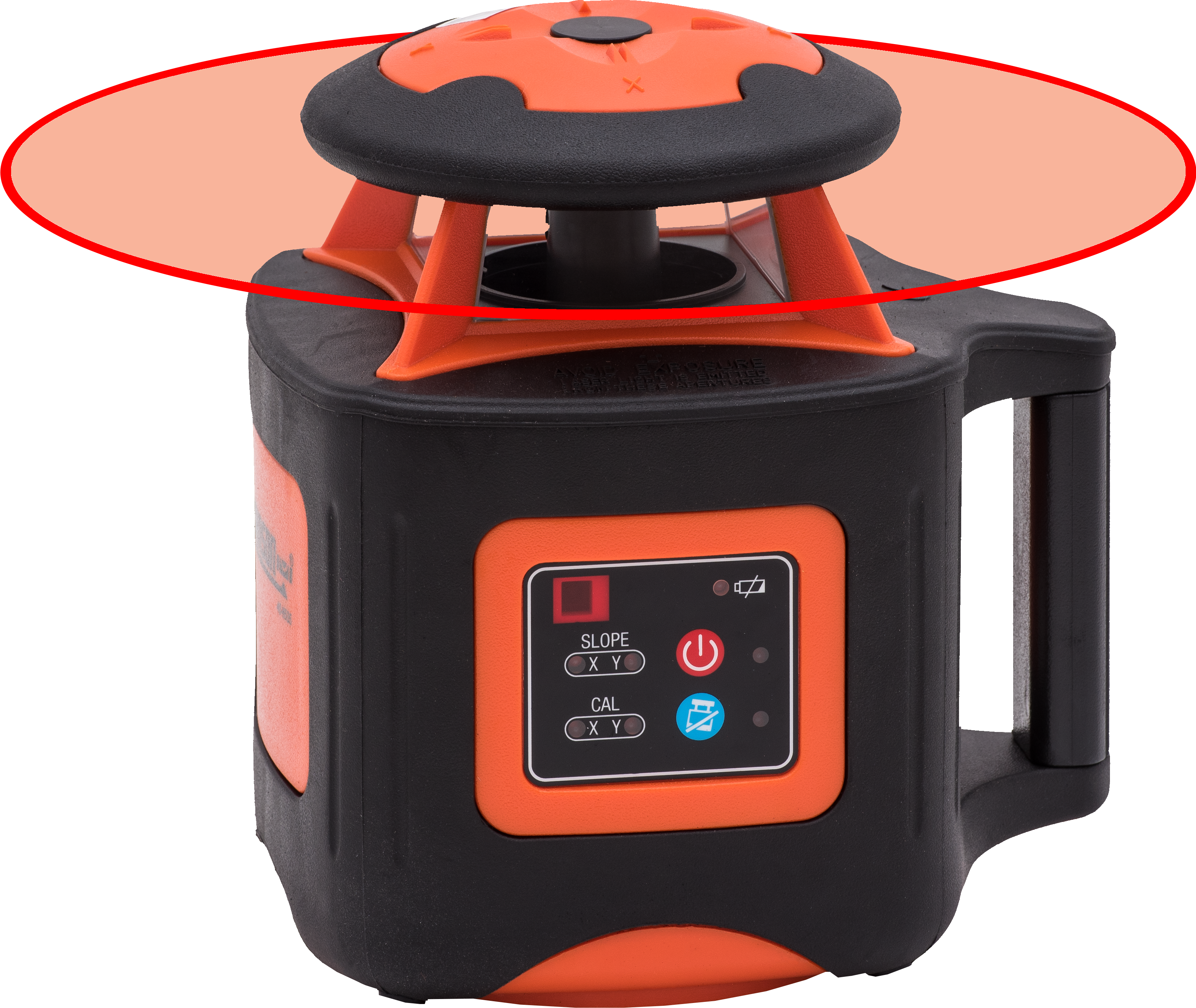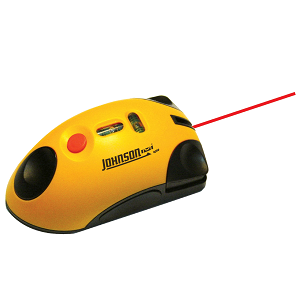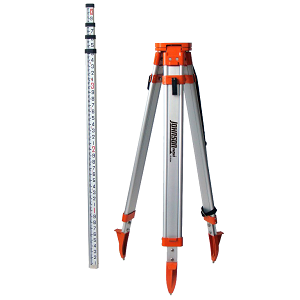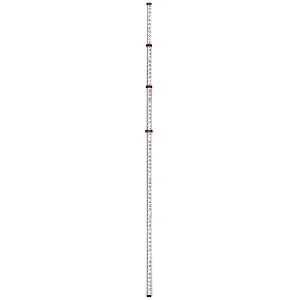Laser Levels: An All-About/How-to Compendium
Laser Level How To's
- How to Choose a Laser Level
- How to Use a Laser Level
- How to Use a Laser Level Outdoors
- How to Use a Laser Level to Hang Pictures
- How to Use a Laser Level to Level Ground
- How to Set Grade with a Laser Level
View all Laser Levels from Johnson Level.
Laser Levels from Johnson Level come in all sorts of different varieties. We offer several different options for all sorts of different construction and home improvement projects.
Working outside? Seeing a laser outside can be difficult, if not outright impossible, only using the naked eye. Thankfully, most modern laser levels from Johnson Level come with red or green tinted glasses or goggles that make seeing a laser beam outside simple. Rotary laser levels are the best choice for an outdoor laser level.
Working indoors? You may require dot laser levels for drywall work, or cross-line laser levels for to display horizontal and vertical lines across every wall in an enclosed room.
Wondering how to tackle your project and use Johnson Level's many different kinds of laser levels? Read on below for a handful of helpful guides.
How to Choose a Laser Level
- Indoor project? Multiple line lasers work well for aligning kitchen cabinets or framing pictures in a smaller, enclosed room. Use a laser square for tiles and masonry.
- Outdoor project? Rotary and line lasers with a pulse/detector feature work well for uneven surfaces and long distances.
- Consider room size or distance for the laser to travel. Laser levels with a low rotations per minute (RPM) are bright and visible, but don’t travel far. High RPM levels travel further, but the laser is fainter.
- Think about the type of wall. Laser levels attach with pins or suction cups. Avoid push pin laser levels on paneling or wallpaper.
- Determine stability of the job. You can use a manual laser level for indoor projects. You’ll want a self-leveling laser level for outdoor projects with uneven surfaces.
How to Use a Laser Level
- Set up the laser level on a tripod or flat surface.
- If it is a manual level, you must ensure the bubble vials show level. Find the small screws near the vial. Adjust them until the bubbles vials show level.
- Turn on the laser level.
- If it is a self-leveling model, allow it a moment to self-level itself.
- The unit emits a laser showing level either on a wall or across an outdoor workspace (depending on the type of laser level, it could be a dot, multiple line or rotary laser showing level at 360 degrees horizontally or vertically).
- You may use a laser detector to intercept the laser if there’s no wall to “catch” it (typically outdoors).
- Connect the detector to a measuring rod.
- Adjust the detector up and down the rod until you hear beeping. This means the detector has found the laser.
- You have found level. Secure the detector to the rod and make measurements as necessary.
How to Use a Laser Level Outdoors
- Put on the tinted glasses/goggles that came with your laser level kit. You’ll need these in order to see the laser beam in an outdoor setting.
- Place the laser level on a tripod and turn it on.
- Aim the laser level where you want to take a reading. When you find it, lock the laser level into position.
- Take the laser receiver to where you want to take a reading. Either use the magnet that comes with the laser receiver or place it on a flat surface at the same height as the laser level. A second tripod is a great option here.
- Slowly move the laser receiver until it catches the laser beam from the level. Upon finding the beam, lock the receiver into position (if on a tripod or grade rod) or steady it (if on a flat surface or attached by magnet).
- Use the level and receiver to find the alignment or state of level that you want.
How to Use a Laser Level to Hang Pictures
- Determine the desired height for the top of the picture frame.
- Make a mark anywhere at this height.
- Turn on the laser level and line up the laser with mark horizontally along the wall.
- Adjust the level so the bubble sits between the black lines on the vial by pivoting around the point where the mark and the laser meet.
- When the laser is level and it runs through the mark, attach it to the wall snugly. The level may use putty or suction cups.
- Measure the distance between the top of the picture frame to its unique hanging mechanism(s).
- Measure this distance on the wall, from the laser down to where the mechanism meets the wall.
- Make a mark.
- Punch a nail into the wall at the mark.
- Place the picture frame on the nail and line up the top of the picture frame with the laser.
How to Use a Laser Level to Level Ground
- Set up the laser level on a tripod on stable ground.
- Turn on the laser level.
- Give it time to self-level.
- Identify a point on the ground at your desired height.
- Attach the laser detector to a measuring rod and place the rod at this point.
- Adjust the laser detector up and down. When you hear beeping, you have found level.
- Tighten the detector to the pole.
- The bottom of the rod is your desired ground height.
- Find another spot on the ground and find the height where the detector intercepts the laser.
- Mark the height by making a mark on a stick or building up a pile of dirt up to the desired height.
- Repeat this process until you have enough reference points to fill the area completely.
How to Set Grade with a Laser Level
- Set up the laser level on a tripod on firm dry ground. Ensure the tripod is stable.
- Turn on the laser level and give it a moment to self-level.
- Identify the initial height of your grade. The pitch of the grade slopes down from here.
- Place the bottom of the leveling rod at the desired height.
- Adjust the laser detector up or down until you hear a beep.
- Secure the detector.
- Identify the desired amount of fall from the top of the grade to the bottom. Let’s assume a 10 inch fall for this example.
- Move the laser detector up the rod 10 inches and secure it.
- Walk to where the bottom of the grade will be.
- Find level with the laser detector. You will either have to lift the rod (most likely) or dig in to the ground depending on the workspace.
- The bottom of the leveling rod represents the bottom of the grade.
- Mark the spot by inserting a stick in the ground displaying the desired height.
Check out Johnson Level's other guides how-to and tool-uses.
View all Laser Levels from Johnson Level.
